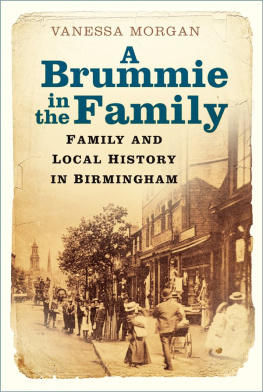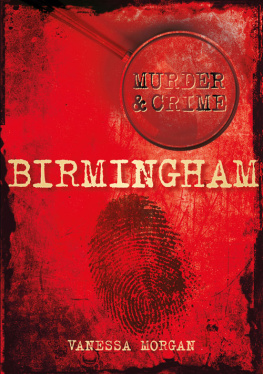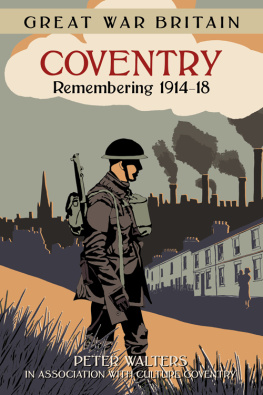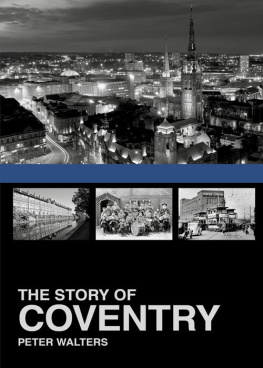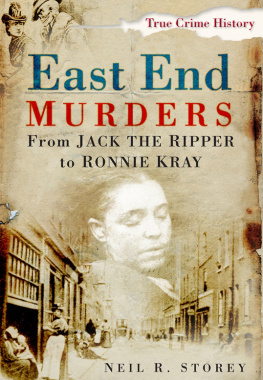
Research for this book was mainly undertaken using local newspapers of the period, including the Coventry Herald , the Coventry Times , the Coventry Mercury , the Coventry Evening Telegraph , the Leamington Spa Courier , the Birmingham Gazette , the Birmingham Journal and the Birmingham Daily Post , all of which are held at either the Coventry History Centre, the Warwick Record Office or the Library of Birmingham. Other original registers and census records are sourced from the Warwick Record Office.
All images, unless otherwise stated, are from the authors collections of original photographs, old postcards or newspaper cuttings.

Market Square c. 1910, a prominent historic site. The prestigious Leofric Hotel was built here in the 1950s. Plans are now being made to turn the building into student flats.
CONTENTS
Case One | 1831 |
Case Two | 1844 |
Case Three | 1844 |
Case Four | 1845 |
Case Five | 1859 |
Case Six | 1860 |
Case Seven | 1861 |
Case Eight | 1871 |
Case Nine | 1887 |
Case Ten | 1906 |
Case Eleven | 1908 |
Case Twelve | 1910 |
Case Thirteen | 1924 |
On the night of 14 November 1940 the skies above Coventry were ablaze. For miles around the horizon was lit up like a brilliant but devastating sunset. Everyone in those neighbouring towns had one thing on their lips Coventrys getting it tonight.

The ruined outer walls of Coventry Cathedral, 2013.
Over the course of around ten hours, 400 bombers from the German Luftwaffe dropped their bombs upon the city until, by dawn the next morning, Coventry was a mass of rubble. A great number of buildings were destroyed, including the fourteenth-century cathedral, St Michaels. It had only become a cathedral twenty years earlier in 1919 although previously it had been described as one of the largest parish churches in the country. Therefore, when Coventry became a diocese, St Michaels became its cathedral. Now, sadly, all that was left of it was the tower, spire and outer walls. The people of Coventry were in a state of shock and for once it was being reported that the British Bulldog spirit had crumbled.
The rebuilding of Coventry began in 1948 with Princess Elizabeth laying the foundation stone for a new cathedral which was built at the side of the ruins of St Michaels. It was consecrated in 1962 in the presence Elizabeth, now queen, and also named St Michaels.
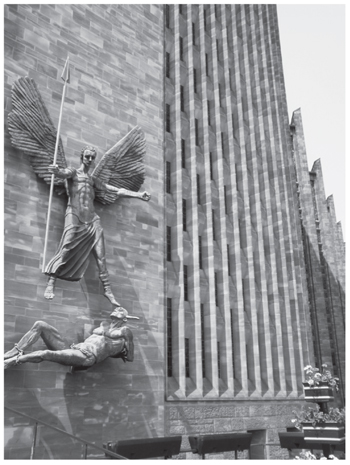
The outer wall of the new cathedral, 2013.
This period of Coventrys history is probably one which the city of Coventry is most associated with. Another concerns the wife of Leofric, Earl of Mercia and Lord of Coventry. Under Leofrics rule in the eleventh century, the people of Coventry were heavily taxed. Legend has it that his wife, Lady Godiva, pleaded with him to lift the excessive taxes and her husband, tired of her persistence, told her that if she rode naked through the streets of Coventry he would do as she asked. At this Godiva asked the people of Coventry to close their shutters and bolt their doors and, letting down her long fair hair to fall as a cloak, she did as her husband asked.
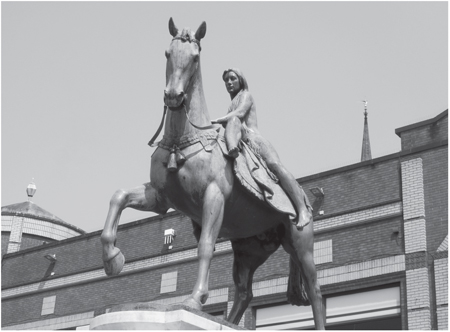
A statue of Lady Godiva, unveiled in 1949, stands in Broadgate, 2013.
Only one man, a tailor called Tom, disobeyed her order and opened his shutters just enough to see her ride past. As a result he was immediately struck blind. Whether this is fable or fact no one really knows but everyone has heard of Lady Godiva, and peeping Tom has become a common expression.
Being sent to Coventry is another saying associated with this town and there are many myths about how this idiom came about. A popular one comes from the era of the Civil War, during a time when Oliver Cromwell sent many Scottish Royalist prisoners to be housed in St Johns church. They were allowed to walk around the streets for exercise but, being a staunchly Parliamentarian city, the people avoided them and young girls were told not to speak to them. This isolation and antipathy meant that many soldiers were unhappy about the idea of being sent to Coventry.
A different meaning could be taken from the sixteenth-century heretics who were brought to Coventry to be burned. Again, Coventry was not a place you would have wanted to have been sent to in those times.
The population of Coventry at the time of Lady Godiva was about 350. By the fourteenth century this figure had risen to nearly 5,000 which, by the standards of those days, made it a considerably large town. When the first census was taken in 1801 the population was 16,000 but by 1851 that figure had risen to 37,000 and by 1900 to 62,000.
For 400 years Coventry enjoyed the exulted status of being a county. During the War of the Roses, the Lancastrian king, Henry VI, had sheltered in Coventry during his campaign and, in 1451, he gave the city the title County of the City of Coventry. This status was taken away during the 1840s following the Boundary Act of 1842 and Coventry became part of Warwickshire.
In the Middle Ages, Coventry was prospering due to its wool industry, predominantly through the weaving and dying of wool. It was here, in this industry, that another saying was popularised true blue. The Coventry dyers were well known for producing a blue cloth that did not fade and remained colour-fast in washing, and as true as Coventry blue soon became a popular phrase when implying something was long-lasting and enduring.
By the eighteenth century the woollen industry was beginning to decline, although the employment of silk-ribbon weaving was rapidly expanding. This trend continued until the 1860s when a treaty was made with France in 1860 which allowed free trade. Silk ribbons flooded into England from France and the Coventry workers faced ruin. However, while the ribbon makers in Coventry were facing ruin, the watchmaking industry was flourishing. The first watchmakers were found in Coventry in the eighteenth century, even as early as the late seventeenth century, but it was in the late nineteenth century that watchmaking in Coventry was at its height. Bicycles were also manufactured in Coventry at this time. The first bicycles in Britain were made here in the 1860s and, as cycling became more popular, this industry also began to expand in the town. Towards the end of the century, in 1897, Coventry businesses were producing the first cars to be manufactured in the city.
Like other towns in the nineteenth century, Coventry prospered by the development of these new industries and inventions. A gasworks was opened in 1820 and the streets were given gas lighting. The railways arrived in 1838 and a hospital was also built in 1838. The cemetery was created in 1847 and, due to a smallpox epidemic in 1871, a fever hospital was opened in 1874. A sewage system was developed in the late nineteenth century and electricity arrived in 1895. Steam trams travelled the streets in 1884 and they were replaced by their electric counterparts in 1895.
Next page

